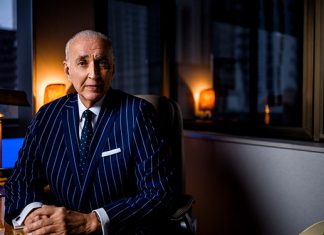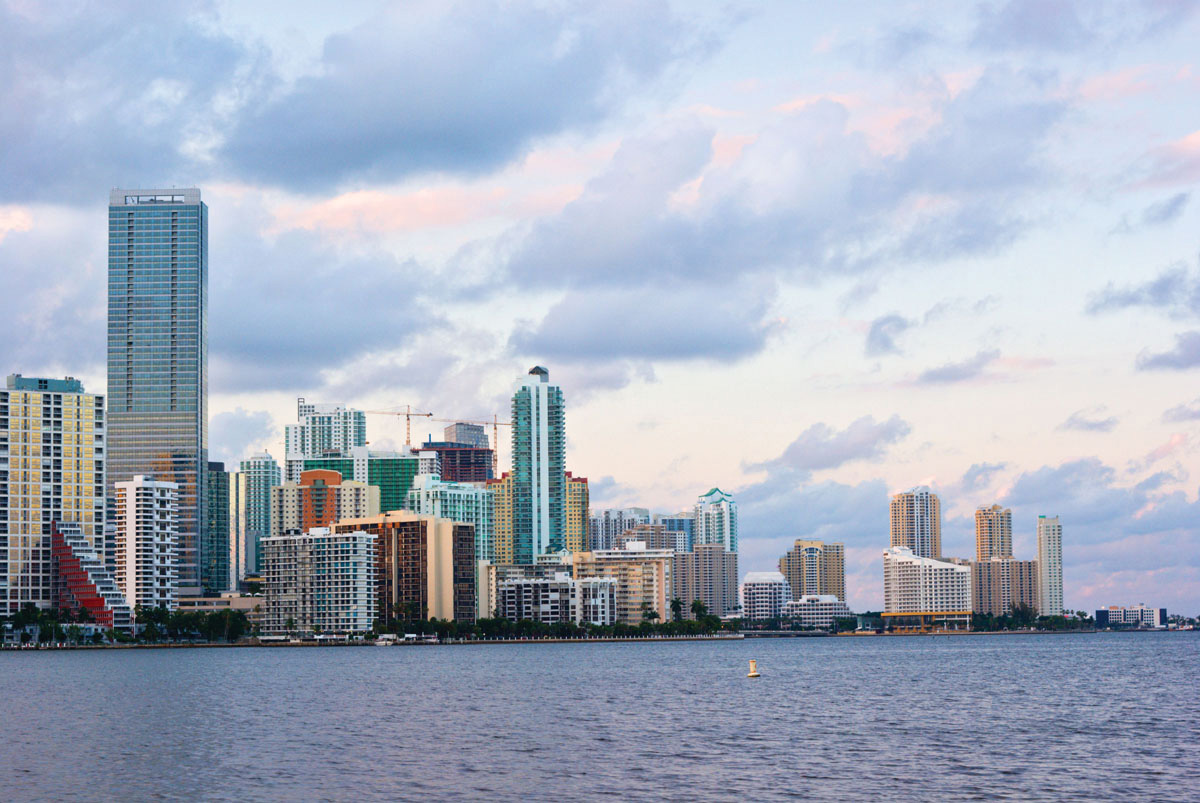 Nicknamed “The Wall Street of the South,” “The Big Apple of the South” and “Little Manhattan”, Miami’s Brickell Avenue is considered by many to be the center of South Florida’s booming pulse.
Nicknamed “The Wall Street of the South,” “The Big Apple of the South” and “Little Manhattan”, Miami’s Brickell Avenue is considered by many to be the center of South Florida’s booming pulse.
Now home to the largest single grouping of international banks in the U.S., this illustrious street’s history dates back to 1871, when William Brickell, often called the “Father of Miami,” moved down from Ohio with his wife Mary to open a post office and trading post at the mouth of the Miami River. They were wise enough to purchase the land surrounding their new venture as well. Mary wanted to create an idyllic city with large, lush avenues that took advantage of the tropical bounty of plants and trees that grow so well down here. The idea was to lure down the upper classes. Her vision surpassed all expectations when the Brickell area became a “Millionaires Row” of lavish estates.
Over time, these mansions aged and times changed. The once-grand buildings eventually gave way to the pressures of a growing Miami and its need to make its presence known on the world stage of finance and commerce. And so the luxury homes of this long-gone golden era were torn down to make room for the sophisticated office buildings and elite multi-level residential complexes we know today.
Modern Brickell boasts more than 5 million square feet of prime, high-demand office space, hosting over 100 banks and financial enterprises representing some of the world’s most elite firms and making Brickell the second-largest banking center in the country. Ancillary services have rushed to take up the remaining space. In addition to the nearby state and federal courthouses, top accounting and legal firms also call Brickell home. This assemblage of the best-of-the-best has led to Miami being named the “Free Trade Capital of the Americas.” The city currently hosts more than 64 consulates, 29 bi-national chambers of commerce and 21 foreign trade offices.
In addition to being home to an enviable financial district, Brickell is home to local and international families as well. Starting with the first high rises in the 1970s, the ever-changing skyline is being revamped daily with residential towers and commercial skyscrapers. Just east of Brickell at the southern end, are the renovated and built-over remains of Millionaire’s Row, forming a true tropical luxury oasis. The condominiums reflect that refined style and take it a few steps further with unparalleled services. Which is why it’s no surprise that Brickell is now home to more than 25,000 residents. “We’re in the process of growing up as a city,” says Dana Nottingham, Executive Director of the Miami Downtown Development Authority. “The new developments indicate a change in the Brickell and downtown area as office workers choose to live near their jobs instead of commuting from suburbia.”
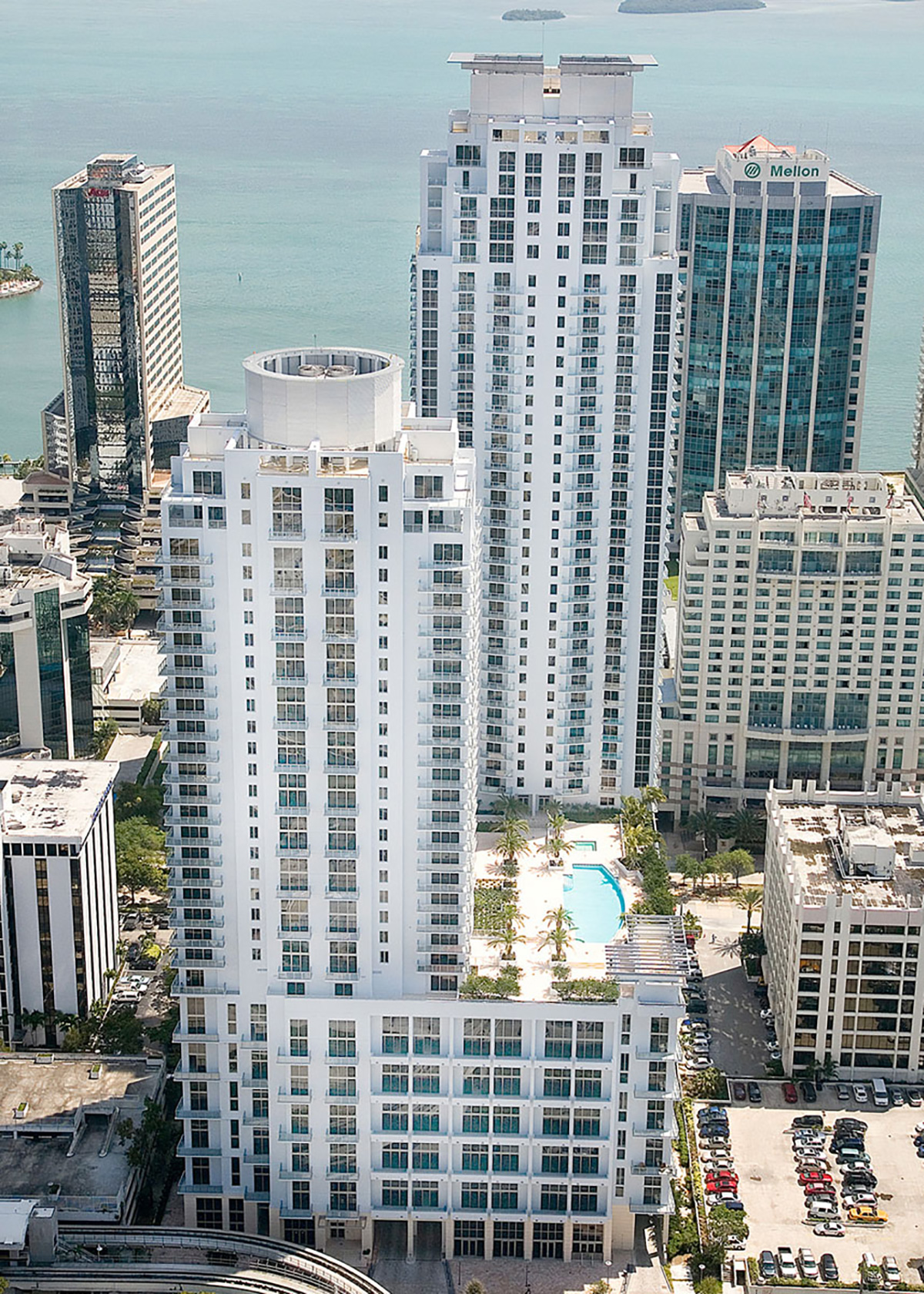 Mary Brickell is remembered at the $90 million Mary Brickell Village project, which is not a trip back in time but a modern, high-end mixed-use complex boasting haute restaurants, world-class boutiques and other top-end retail for a total of 192,000 sq. ft. on 5.2 prime acres. The aura is of a French village and encourages guests to linger and enjoy the entertainment. Mary would be proud. “Mary Brickell’s retail component will fill a growing need for retailers in the Brickell area,” says Kerry Newman, Senior Associate at Koniver Stern Group, the agent for the property. “Already under lease are a Publix Greenwise store, a Bally Total Fitness gymnasium, several restaurants, home décor shops and fashion boutiques.”
Mary Brickell is remembered at the $90 million Mary Brickell Village project, which is not a trip back in time but a modern, high-end mixed-use complex boasting haute restaurants, world-class boutiques and other top-end retail for a total of 192,000 sq. ft. on 5.2 prime acres. The aura is of a French village and encourages guests to linger and enjoy the entertainment. Mary would be proud. “Mary Brickell’s retail component will fill a growing need for retailers in the Brickell area,” says Kerry Newman, Senior Associate at Koniver Stern Group, the agent for the property. “Already under lease are a Publix Greenwise store, a Bally Total Fitness gymnasium, several restaurants, home décor shops and fashion boutiques.”
One hundred and thirty years after she and her husband arrived in Miami came the beginning of yet another building boom. From 2001 through 2005, an additional 4,000-plus upscale apartments and condominiums were constructed in the Brickell area. Just one look at today’s skyline and it’s apparent that the construction spree is in no sign of abating as empty nesters, young professionals, and the international community move in.
One of the projects catching the eye of savvy hi-rise dwellers is 1060 Brickell, a sleek twin-tower community created by Extell Development, best known for creating the W Hotel Times Square. Located just steps away from Mary Brickell Village and the heartbeat of the city, this innovative new project is recognized for its outside-the-box features including double-height living spaces, an expansive 12th floor amenity deck and a virtual golf room. The on-site retail spaces will soon welcome Champs pre-school, Robert Giordano Salon-Spa, Café Sci Sci and Arthur Murray Dance Studio.
 Since 2002, the tallest building in Miami has been the au courant Four Seasons Hotel & Tower. That record will be surpassed in 2011, upon the anticipated completion of Brickell Financial Center Phase II, which is anchored by a 68-story, 903-foot superstructure. Phase I, which is scheduled for a 2009 completion, is highlighted by a 40-story creation. The project will be Florida’s first pre-certified construction under LEED guidelines, starting a trend many are sure to follow.
Since 2002, the tallest building in Miami has been the au courant Four Seasons Hotel & Tower. That record will be surpassed in 2011, upon the anticipated completion of Brickell Financial Center Phase II, which is anchored by a 68-story, 903-foot superstructure. Phase I, which is scheduled for a 2009 completion, is highlighted by a 40-story creation. The project will be Florida’s first pre-certified construction under LEED guidelines, starting a trend many are sure to follow.
Perhaps Jennifer Rademacher, VP at Taylor Development and Land Co., who is responsible for the Coral Station on Brickell Way project, can sum up Brickell’s boom best. “There’s so much going on in the area,” she says. “This is one of the most exciting times in Brickell’s history.”
BRICKELL FLASHBACK
There have been many factors that contributed to Brickell’s rise. Here are a few of the most notable people, places and occurrences in the district’s early days.
 The Tequesta Indians
The Tequesta Indians
Long before the Brickells opened their trading post and post office, the Tequesta Indians settled the site that today is Brickell and named this centralized town after their tribe. The Chief lived in the main village at the mouth of the Miami River in what was Miami’s first waterfront residence.
 The Brickells
The Brickells
After setting up “Millionaire’s Row,” Mary Brickell moved to Brickell Avenue in 1911, after her husband William passed away. In 1912, James Deering bought 130 acres from her, which would later become Vizcaya. In 1922, she began work on “The Roads.”
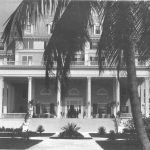 The Royal Palm Hotel
The Royal Palm Hotel
The foundations of Miami’s first hotel were uncovered at the One Miami site in 2004. The hotel was Miami’s largest and most luxuriant, drawing visitors from the Northeast and Midwest. The hotel was demolished in 1930 and eventually was paved with roads and parking lots.
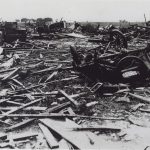 1926 Hurricane
1926 Hurricane
The Great Depression arrived early in Brickell when the Hurricane of 1926 stuck and brought the Florida land boom to a standstill. Most of the city lay in rubble with structures toppled, trees destroyed and many left dead or wounded.
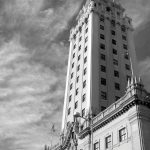 The Freedom Tower
The Freedom Tower
Originally completed in 1925 as the headquarters of Miami’s newspaper at the time, the building survived the 1926 Hurricane and was eventually restored and converted into a monument for Cuban refugees. It was recently designated a U.S. National Historic Landmark.









